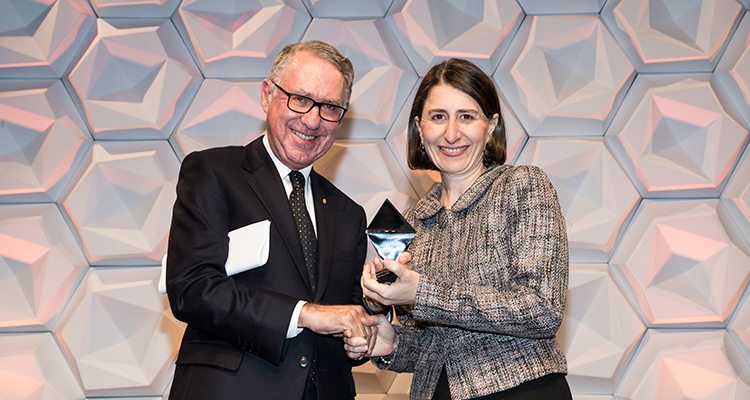The Singapore position as reported by Singapore's Channel News Asia:
Opposition party member Brad Bowyer has been directed to correct a Facebook post he made earlier this month that among other things questioned the independence of (government owned) Temasek and (the Government Of Singapore Investment Corporation) in the first use of the "fake news" law in Singapore.
"The Minister for Finance has instructed POFMA Office to issue a Correction Direction to Mr Brad Bowyer with regard to his Facebook post on 13 November 2019, 7.46am," said the POFMA Office in a news release on Monday (Nov 25).
"The Correction Direction requires Mr Bowyer to carry in full, the correction notice at the top of his Facebook post," it said.The office is part of the Infocomm Media Development Authority and oversees the administration of the Protection from Online Falsehoods and Manipulation Act (POFMA).
Aimed at combating the spread of deliberate online falsehoods, POFMA took effect at the beginning of October, five months after it was passed in Parliament in May.
"Mr Bowyer’s post contains clearly false statements of fact, and undermines public trust in the Government," said MOF.
"It is necessary to state this for the record: GIC and Temasek operate on a commercial basis, and the Government is not involved in their individual investment decisions," the ministry said.
In the decade I spent reporting from China, the most immediate obstacles to journalism were often physical. They took many forms: barricades blocking access to certain places; men in military buzz cuts trailing me; plainclothes thugs stationed in front of the homes of people I planned to interview; and of course, the threat of police detention. In one memorable incident, an official threw himself in front of the car I was riding in with colleagues to delay our departure, precipitating an unseemly shoving match. These physical manifestations of state power were designed to muzzle through intimidation and brute force, occasionally reinforced with threats of visa refusal.
Then I moved to Australia. To my surprise, writing about China from Melbourne proved no simpler. But there, I was hobbled by different forces, namely Australia’s oppressive and notoriously complex defamation laws. The challenges of such reporting were underlined recently by an Australian federal court, which awarded nearly $200,000 (about 280,000 Australian dollars) to a Chinese-Australian businessman, Chau Chak-wing, after finding that a 2015 Sydney Morning Herald article about him was defamatory. Mr. Chau, a billionaire property developer, was born in China, immigrated to Australia decades ago and is an Australian citizen. The judge ruled that the article, which alleged that Mr. Chau, who has been a major political donor in Australia, was involved in bribing a United Nations official, used language that was “imprecise, ambiguous and loose, but also sensational and derisory.”
The judgment, against one of the country’s biggest media companies, underlines how badly broken Australian defamation laws are. These laws are impeding journalism on matters of vital national interest, including China’s growing and controversial influence, and they have made Australia the defamation capital of the world.
The current state of defamation laws complicate all kinds of reporting. A survey conducted in May 2018 by the Australian journalists’ union found that almost a quarter of the 1,292 respondents said they’d had a news story spiked within the previous 12 months because of fears of defamation action.
But reporters working on China-related stories feel the chill more deeply. One reporter described “unbelievable” levels of vetting to me, while another admitted to fearing being seen as a “troublemaker” in the newsroom because of the level of legal attention their China stories receive. And many of the best and most experienced Australian reporters on China are effectively muzzled from speaking out about the effect of the defamation laws because they are already involved in such lawsuits.
The case is extremely complex, but one aspect of it underlines the law’s inconsistency. Some of the most serious allegations against Mr. Chau were repeated in the Australian Parliament by Andrew Hastie, a member of Parliament. His comments were reported in the media, under the cover of parliamentary privilege, which protects lawmakers and the journalists reporting on them from being sued for defamation. Effectively, the same allegations were reported twice: the first time prompting large damages in a defamation suit, then far more widely without any penalty at all.
So, the question: Is there really any difference between the Singapore and Australian positions? Would not an Australian judge have decided that the Singapore Facebook post was defamatory, and ordered it taken down,as well as awarding costs and damages?
Comments please.
END
So, the question: Is there really any difference between the Singapore and Australian positions? Would not an Australian judge have decided that the Singapore Facebook post was defamatory, and ordered it taken down,as well as awarding costs and damages?
Comments please.
END



